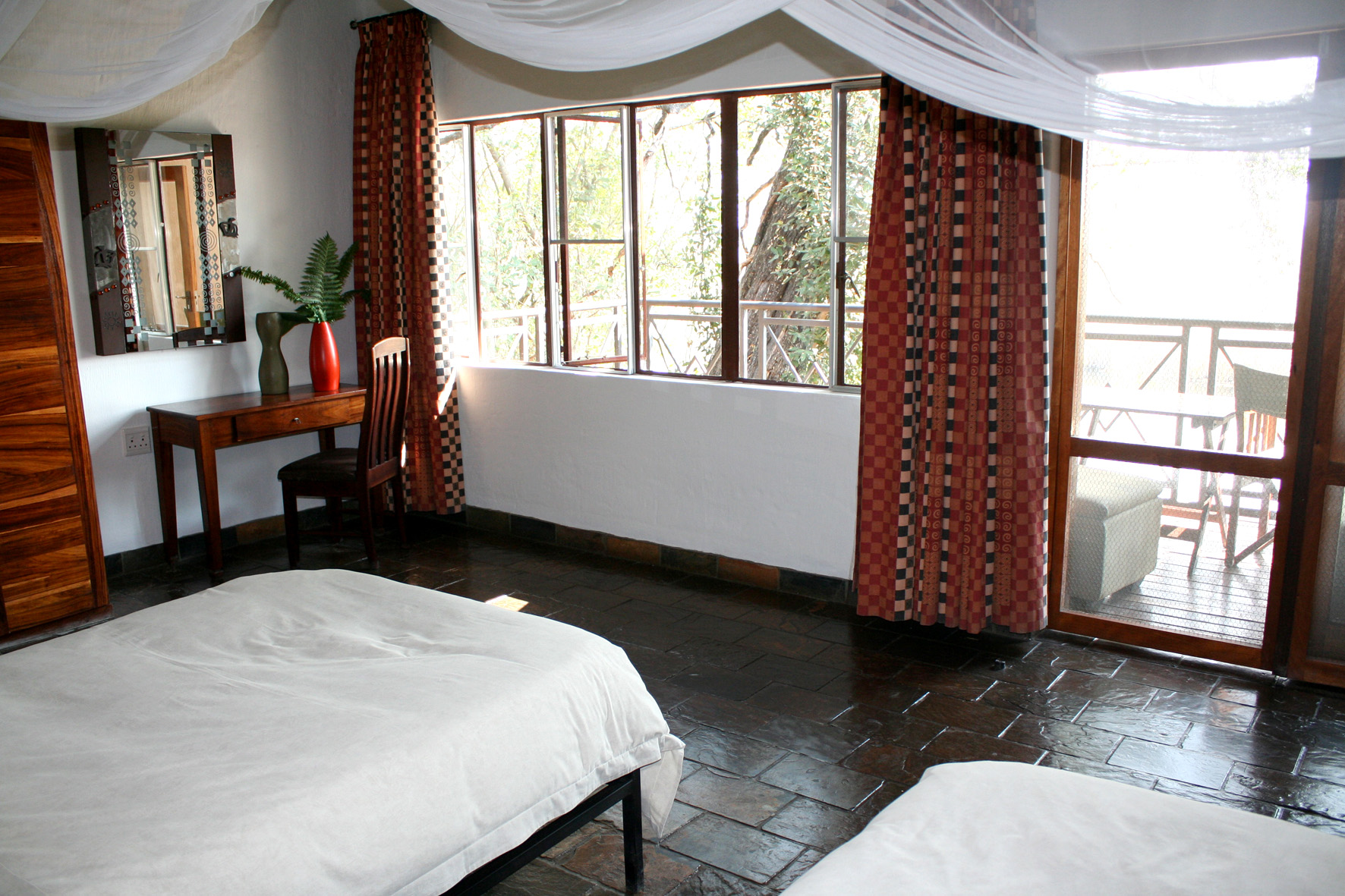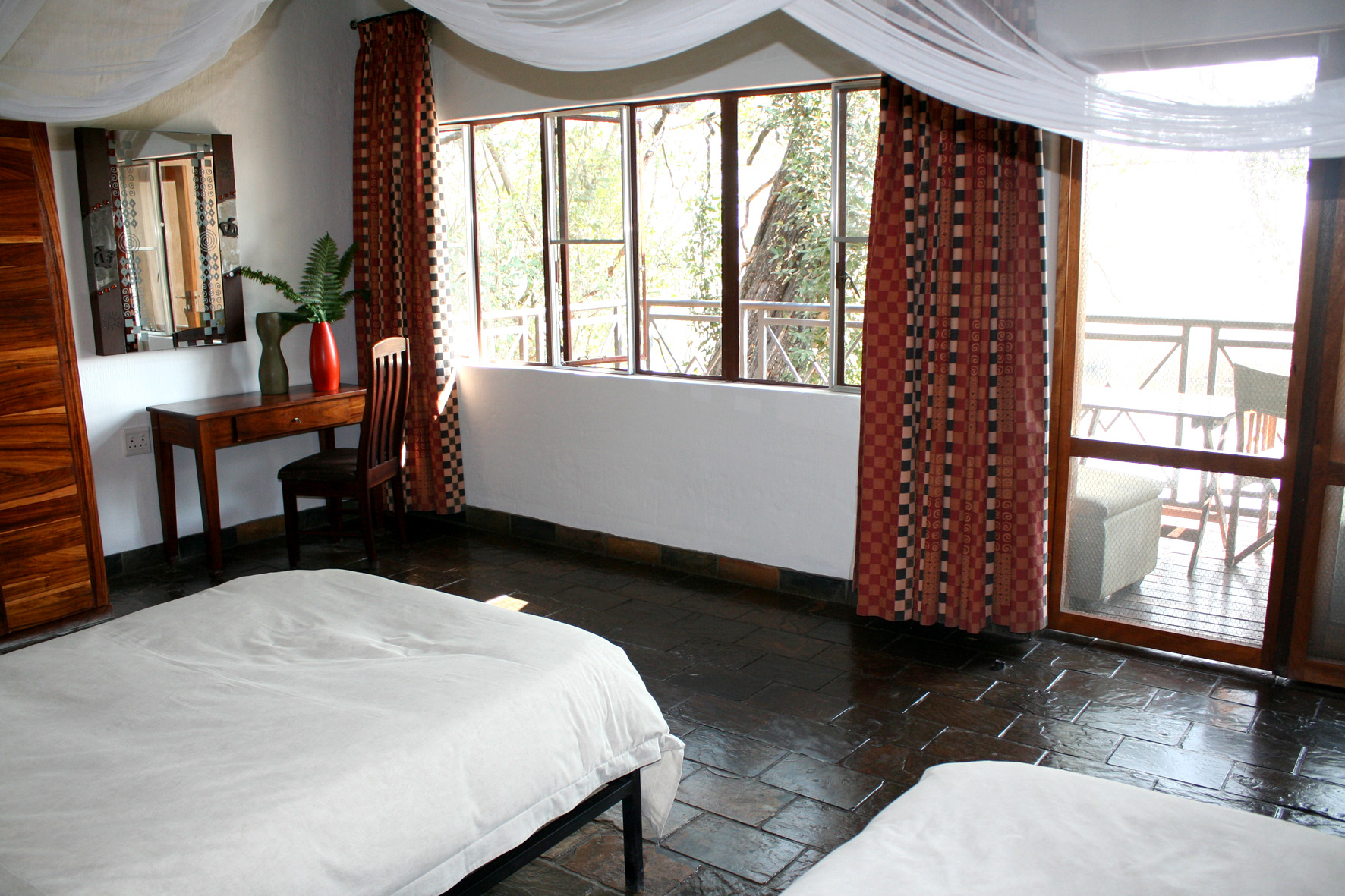
History of Namibia
Republic of Namibia - The jewel of Africa Namibia - one of the youngest democracies in the world where protection of environment is included in its constitution, country of desolate Namib Desert, famous Etosha National Park with its abundant wildlife, enormous and magnificent Fish River Canyon, Swakopmund - small Bavarian-style German-looking holiday resort on the edge of hot Namib and cold Atlantic Ocean, peaceful land of old traditions, ancient tribes and modern infrastructure. Namibia is a country of superlatives. Dragon's Breath is the largest subterranean lake in the world, Hoba Meteorite is the biggest ever found, Gibeon meteorite shower is the largest ever discovered, Namib Desert is the oldest desert on Earth and it is also the only desert in the world that has population of elephants, lions, giraffes and rhinos, place where one of the oldest living fossil plants, the Welwitschia mirabilis. is found. Red sand dunes at Sossusvlei are considered the highest in the world. Namibia has the largest free-roaming cheetah population in the world!. And there is more. Rossing Mine near Swakopmund is the largest open cast uranium mine, the coast is the largest occurrence of rock salt and Uis is the largest known tin reserve.
Facts about Namibia
Geography
Namibia has an area of 824 260 square km. Namibia is situated in Southern Africa bordering South Africa, Botswana, Angola and Zimbabwe.
Regions
The country is divided into 13 constitutional regions: Omusati, Oshana, Ohangwena, Oshikoto (formerly Owambo), Okavango, Caprivi, Kunene (formerly Kaokoland and a part of Damaraland), Karas, Erongo, Otjozondjupa, Omaheke, Khomas and Hardap.
Topography
Namibia has four distinct topographical regions: the Namib, a long and narrow coastal desert; central plateau (Khomas Hochland) running from north to south with an altitude up to 2000 m above sea level; the eastern lowlands including Kalahari Desert; the high rainfall areas of Okavango and Caprivi in the north-east of Namibia.
Geographic coordinates
22 00 S, 17 00 E
Land boundaries
Total: 3 824 km, borders boundaries: Angola: 1 380 km, Botswana: 1 360 km, South Africa: 860 km, Zambia: 230 km.
Coastline
1 570 km
Mountains
The highest mountain in Namibia is the Brandberg with a height of 2 579 m above sea level with Moltkeblick (Auas range) at 2 480 m being the second highest. Other notable mountains of Namibia are: Bismarckfelsen (2 419 m), Gamsberg - Namibia's "Table Mountain" (2 347 m), Spitzkoppe (1 730 m).
Rivers
Namibia has only five perennial (permanent) rivers that are situated on the country's borders: Kunene, Okavango, Zambezi, and Kwando/Linyanti/Chobe rivers in the north and north-east and Orange River in the south, bordering South Africa. Natural resources Diamonds, uranium, copper, gold, lithium, tin, lead, zinc, gas, cadmium, salt, coal, iron, fish.
Natural resources
Diamonds, uranium, copper, gold, lithium, tin, lead, zinc, gas, cadmium, salt, coal, iron, fish.
Ethnic groups
Black 86%, white 6.6%, mixed 7.4%. About 50% of the population belong to the Owambo tribe and 9% to the Kavangos tribe; other ethnic groups are: Herero 7%, Damara 7%, Nama 5%, Caprivian 4%, Bushmen 3%, Baster 2%, Tswana 0.5%
Climate
In general Namibia has a dry climate with the exception of the high rainfall area in the far north east. The country is regarded as a semi-desert country where droughts are frequently occur. The summer day temperature can reach up to 42 degrees C, while night winter temperature can reach as low as -5 degrees C. Rain in Namibia usually falls in the summer with an average rainfall figures varying from less than 50 mm along the coast to up to 700 mm in the far north-east.
Flora
Namibia has 14 vegetation zones including desert, semi-desert, forest savannahs woodlands, mopane and thorn bush woodlands, dwarf shrub, camel thorn, mixed trees and shrub savannahs. The country has more than 120 tree species and more than 200 endemic plant species.
Fauna
The large mammal group represented by elephant, giraffe, rhino, and buffalo with endangered species such as black rhino, cheetah, wild dog, lion, kudu, waterbuck and oribi. Out of 887 bird species recorded in Southern Africa 620 have been found in Namibia.
Population
The estimate population of the country is currently 2.1 million people with an annual growth rate approximately two percent and population density of less than 2 people per square kilometre.
Languages
The official language of the country is English, although German and Afrikaans are widely spoken. Indigenous languages include Bantu languages such as Owambo, Kavango, Herero, Caprivi and Tswana, Khoisan languages spoken by the Nama-Damara and San (Bushmen) people.
Government
The Republic of Namibia is a multiparty democracy with fundamental rights and freedoms guaranteed by the country's constitution. The country is lead by the President Mr. Sam Nujoma.
Administrative divisions
13 regions; Caprivi, Erongo, Hardap, Karas, Khomas, Kunene, Ohangwena, Okavango, Omaheke, Omusati, Oshana, Oshikoto, Otjozondjupa.
Major towns
The capital of Namibia is Windhoek with a population of approximately 350 000 inhabitants. Other major centres are Rehoboth - the centre of Rehoboth Basters, Okahandja - capital of Herero tribe, Gobabis and Otjiwarongo regarded as a centres of cattle industry, Tsumeb - former mining town, Swakopmund and Walvis Bay - coastal towns, Grootfontein, Otavi and Outjo in the north, Mariental, Maltahohe and Karasburg in the south and Gochas, Stampriet and Aranos in the east (Kalahari).
Airports
There are two international airports in Namibia, Hosea Kutako International Airport situated 42 km from Windhoek and Walvis Bay Airport. All Namibia's major town have airport or registered landing strips.
Roads
The country has a well-maintained network of surfaced and gravel roads covering more than 40 000 km in total. Trans-Caprivi and Trans-Kalahari highways give the country access to Botswana, South Africa, Zambia and Zimbabwe.
Railways
The railway network consists of more than 2400 km of railway lines connecting major towns in the country. The Desert Express is the five-star luxury train service between Windhoek and Swakopmund.
Banking
The banks in Namibia connected to major international communication networks and offer fast and efficient transfers of funds to and from any destination in the world. Major credit cards widely accepted. Foreign currency exchange services offered in banks in all major towns in the country.
Currency
The national currency of Namibia is Namibian dollar (N$), divided into 100 cents. South African Rand is also legal tender in the country and linked to Namibian dollar on 1:1 basis.
Health precautions
The northern, northern-east and far northern-east areas of Namibia are prone to malaria and visitors are advised to take prophylaxis.
Customs
Duty free goods - 400 cigarettes/50 cigars/250g of tobacco; 2 litres of wine/ 1 litre of spirits; 50ml of perfume. Gifts to the value of N$500.
Please note: South Africans travelling to Namibia are not entitled to purchase duty-free goods for import back into South Africa, whether travelling through airports or land border posts.
Republic of Namibia - The jewel of Africa Namibia - one of the youngest democracies in the world where protection of environment is included in its constitution, country of desolate Namib Desert, famous Etosha National Park with its abundant wildlife, enormous and magnificent Fish River Canyon, Swakopmund - small Bavarian-style German-looking holiday resort on the edge of hot Namib and cold Atlantic Ocean, peaceful land of old traditions, ancient tribes and modern infrastructure. Namibia is a country of superlatives.
Dragon's Breath is the largest subterranean lake in the world, Hoba Meteorite is the biggest ever found, Gibeon meteorite shower is the largest ever discovered, Namib Desert is the oldest desert on Earth and it is also the only desert in the world that has population of elephants, lions, giraffes and rhinos, place where one of the oldest living fossil plants, the Welwitschia mirabilis. is found. Red sand dunes at Sossusvlei are considered the highest in the world. Namibia has the largest free-roaming cheetah population in the world!. And there is more. Rossing Mine near Swakopmund is the largest open cast uranium mine, the coast is the largest occurrence of rock salt and Uis is the largest known tin reserve.
loading map...
